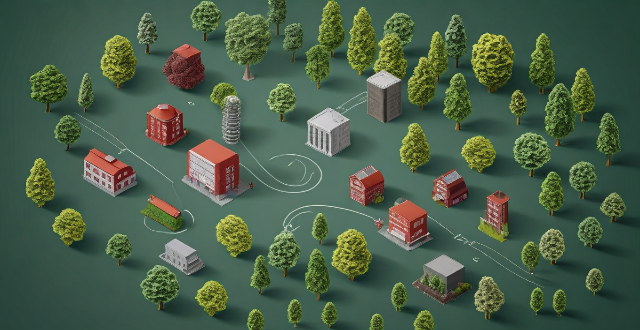Carbon capture technology is a set of methods aimed at reducing CO2 emissions from power plants, industrial processes, and other sources. The main types are post-combustion capture, oxy-fuel combustion, and pre-combustion capture, each with its specific techniques and challenges. While these technologies offer significant potential in the fight against climate change, they face economic and logistical barriers such as high costs and the need for safe storage solutions. Ongoing research seeks to improve efficiency and reduce costs, making carbon capture an increasingly viable solution in achieving net-zero emissions targets.

Carbon Capture Technology: A Comprehensive Overview
What is Carbon Capture Technology?
Carbon capture technology refers to a set of methods and processes aimed at capturing carbon dioxide (CO2) emissions from various sources, such as power plants, industrial facilities, and other large-scale emitters, before they are released into the atmosphere. The primary objective of this technology is to reduce the concentration of greenhouse gases in the atmosphere, mitigating the effects of climate change.
How Does Carbon Capture Technology Work?
Carbon capture technology operates on the principle of separating CO2 from other gases in flue gas streams or directly from air. There are three main types of carbon capture processes:
Post-combustion Capture
1. Description: This method involves capturing CO2 after the combustion process has taken place. It is typically used in fossil fuel power plants where CO2 is separated from the exhaust gases.
2. Techniques Involved:
- Chemical absorption using solvents like amines to react with CO2 and form compounds that can be subsequently treated to release pure CO2.
- Membrane separation, which uses selective membranes to allow only certain gases to pass through, thereby separating CO2.
- Adsorption onto solid materials like activated carbon or zeolites, which have high affinity for CO2.
Oxy-fuel Combustion
1. Description: In this process, oxygen is used instead of air for combustion, resulting in an exhaust stream primarily composed of CO2 and water vapor.
2. Key Steps:
- The fuel is burned in an atmosphere of nearly pure oxygen, usually obtained from an air separation unit.
- Since nitrogen is absent, the resulting flue gas contains a higher concentration of CO2, making it easier to capture and compress for storage or utilization.
Pre-combustion Capture
1. Description: CO2 is removed before the actual combustion process takes place.
2. Process Details:
- Fuel is first converted into a synthesis gas (syngas), mainly consisting of hydrogen and CO2, through a reforming process.
- The syngas undergoes a water-gas shift reaction, increasing the concentration of CO2, which can then be separated more easily.
- CO2 is captured either by chemical absorption or physical adsorption before the hydrogen-rich gas is combusted to generate energy.
Applications and Challenges
Applications
- Power Generation: Reducing CO2 emissions from coal-fired power plants.
- Industrial Processes: Capture from cement production, steel manufacturing, etc.
- Direct Air Capture: Capturing CO2 directly from ambient air as a last resort option when other sources are not feasible.
Challenges
- Economic Viability: High costs associated with building and operating capture facilities.
- Energy Penalty: Additional energy required for capture and compression can lead to increased fuel consumption.
- Storage and Transportation: Safe and long-term storage solutions are needed, as well as infrastructure for transporting CO2 to storage sites.
Future Outlook
Carbon capture technology holds great promise as part of a broader strategy to combat climate change. Ongoing research focuses on improving efficiency, reducing costs, and developing innovative storage methods. As the world strives towards net-zero emissions targets, advancements in carbon capture will undoubtedly play a crucial role in achieving these goals.